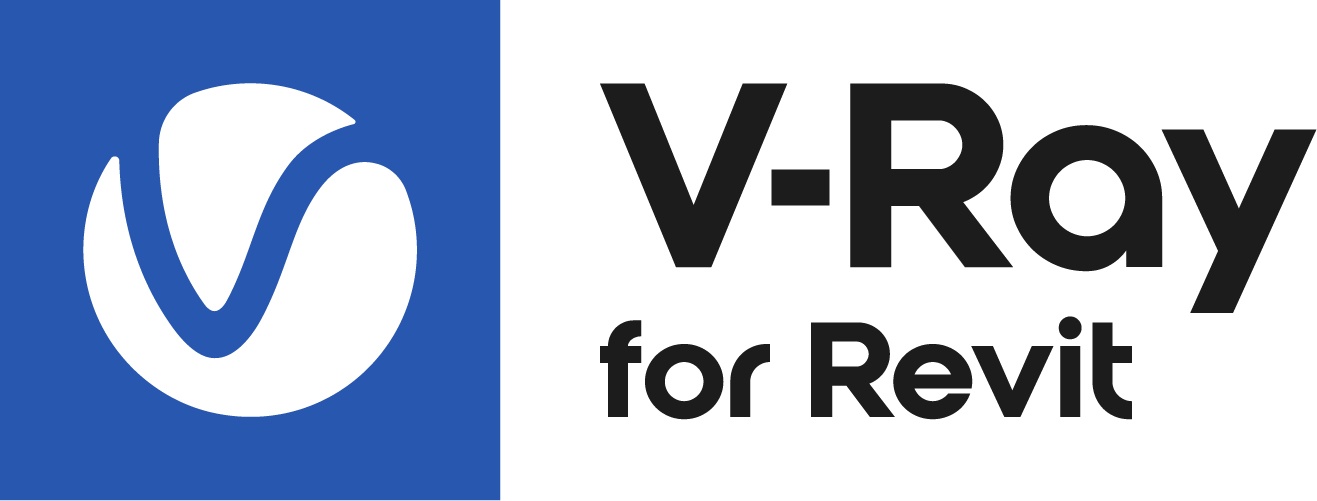This page contains information about the V-Ray Granite Texture.
Overview
The Granite texture map generates a procedural Granite texture. It uses four colors that can be changed or assigned to texture maps.
Any texture can be replaced via the Replace With New Texture () button, which activates when you select the texture to be replaced. If the texture is an instance, all copies are changed as well.
Parameters
Color Base – Specifies the color that fills in the area surrounding the spots. A texture map can be used for all parameters in this section, as long as the checkbox is enabled.
Color A – Specifies the first color of the spots.
Color B – Specifies the second color of the spots.
Color C – Specifies the third color of the spots.
Cell Size – Controls how large or small the cells are. For more information, please see the Cell Size example below.
Density – Controls how closely packed the spots are. For more information, please see the Density example below.
Mix Ratio – Controls the prominence of each color relative to the others. For more information, please see the Mix Ratio example below.
Threshold – Controls the transition between the filler color and Color 1, Color 2 and Color 3.
Spottiness – Controls how circular the spots are. Lower values make the spots more circular, and higher values make them less circular.
Randomness – Varies the distribution of the spots on the granite. Lower values show more spots, higher values also make them more sparse. For more information, please see the Randomness example below.
Creases – Enables or disables crease patterns.
Color Manipulation
Invert Texture – Inverts the RGB texture values.
Alpha from Intensity – Uses the texture RGB intensity/luminance as alpha channel.
Color Gain – Corrects the color of the texture by multiplying the RGB color values in the texture with the RGB color values specified here. When a texture is selected, it overrides the color as long as the texture checkbox is enabled.
Color Offset – Corrects the color of the texture by adding the RGB color values specified here to the RGB color values in the texture. When a texture is selected, it overrides the color as long as the texture checkbox is enabled.
Default Color – Specifies a default color used for polygons with no valid UVs. In case the map is not tiled, specifies a default color that is used outside the texture square. When a texture is selected, it overrides the color as long as the texture checkbox is enabled.
Multipliers
Mode – Specifies the multiplication mode of the colors.
Multiply – Multiplies the RGB numbers for each pixel of the top layer with the RGB number of the corresponding pixel from the bottom layer. The result is a darker picture. The color used for blending is black.
Blend Amount– Takes each pixel from the top layer if present. Otherwise the bottom layer is used. The color used for blending is the one specified in the color slot.
Color Base – Blends between the color base and a texture, if specified.
Color A – Blends between the first color and a texture, if specified.
Color B – Blends between the second color and a texture, if specified.
Color C – Blends between the third color and a texture, if specified.
Example: Mix Ratio
These examples use a Density of 1 and a Cell Size of 0.75.
Example: Spottiness
These examples use a Density of 1, a Cell Size of 0.75 and a Mix Ratio of 0.5
Example: Randomness
These examples use a Density of 1, a Cell Size of 0.75 and a Mix Ratio of 0.5
Example: Cell Size
These examples use a Cell Size of 0.75
MultiExcerpt named Mapping3D was not found -- Please check the page name and MultiExcerpt name used in the MultiExcerpt-Include macro

























